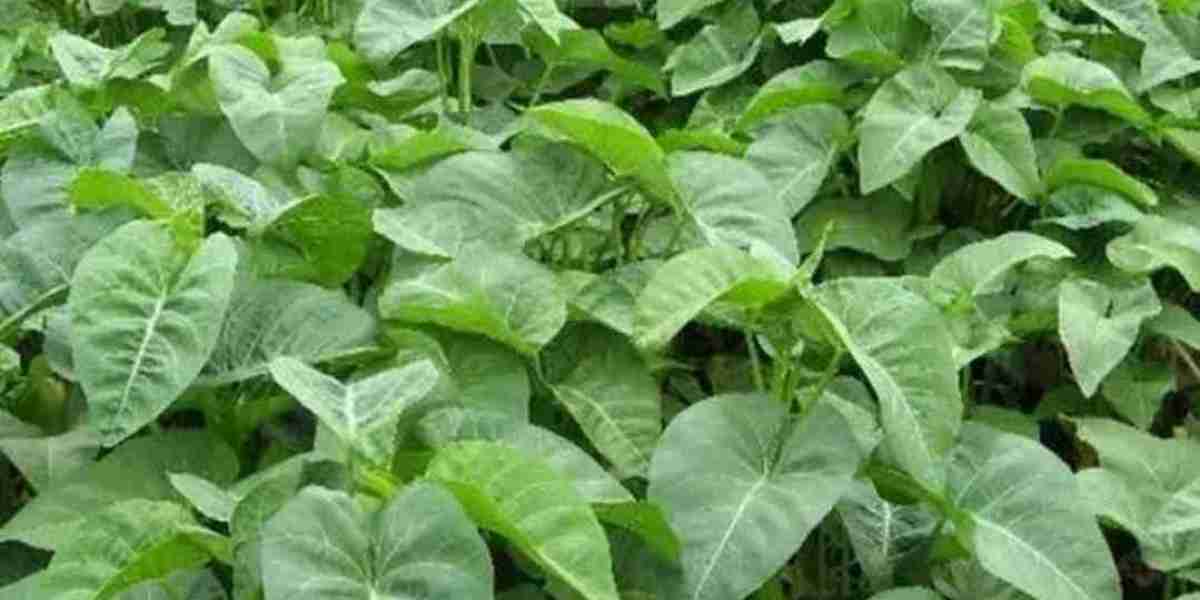.Kangkong, also known as water spinach or swamp cabbage, is a leafy green vegetable that is commonly consumed in many Asian countries. Here are some key facts about kangkong:
1. Scientific name: Kangkong belongs to the family of plants known as Ipomoea aquatica.
2. Appearance: Kangkong has long, hollow stems with dark green, arrow-shaped leaves. The plant can grow up to 10 feet in length.
3. Nutritional value: Kangkong is a low-calorie vegetable that is rich in vitamins A, C, and K. It also contains minerals such as iron, calcium, and potassium. It is a good source of dietary fiber.
4. Culinary uses: Kangkong is a versatile vegetable that can be used in various dishes. It is commonly stir-fried, boiled, or used in soups and stews. It has a slightly bitter taste and a tender texture.
5. Health benefits: Kangkong is known for its numerous health benefits. It is believed to aid digestion, improve blood circulation, and boost the immune system. It is also considered beneficial for maintaining healthy skin and hair.
6. Growing conditions: Kangkong is a semi-aquatic plant that thrives in moist soil or water. It can be grown in both tropical and subtropical regions. It is a fast-growing plant and can be harvested within a few weeks of planting.
7. Cultivation: Kangkong can be propagated through seeds or cuttings. It requires full sun or partial shade and regular watering. It can be grown in containers or directly in the ground.
8. Invasive species: In some regions, kangkong is considered an invasive species as it can quickly spread and dominate water bodies. This can have negative impacts on the local ecosystem.
9. Culinary variations: Kangkong is used in various cuisines across Asia. In Filipino cuisine, it is commonly used in dishes like adobo and sinigang. In Thai cuisine, it is used in stir-fries and curries. In Chinese cuisine, it is often stir-fried with garlic and fermented tofu.
10. Availability: Kangkong is widely available in Asian grocery stores and markets. It can also be grown in home gardens or purchased from local farmers.






